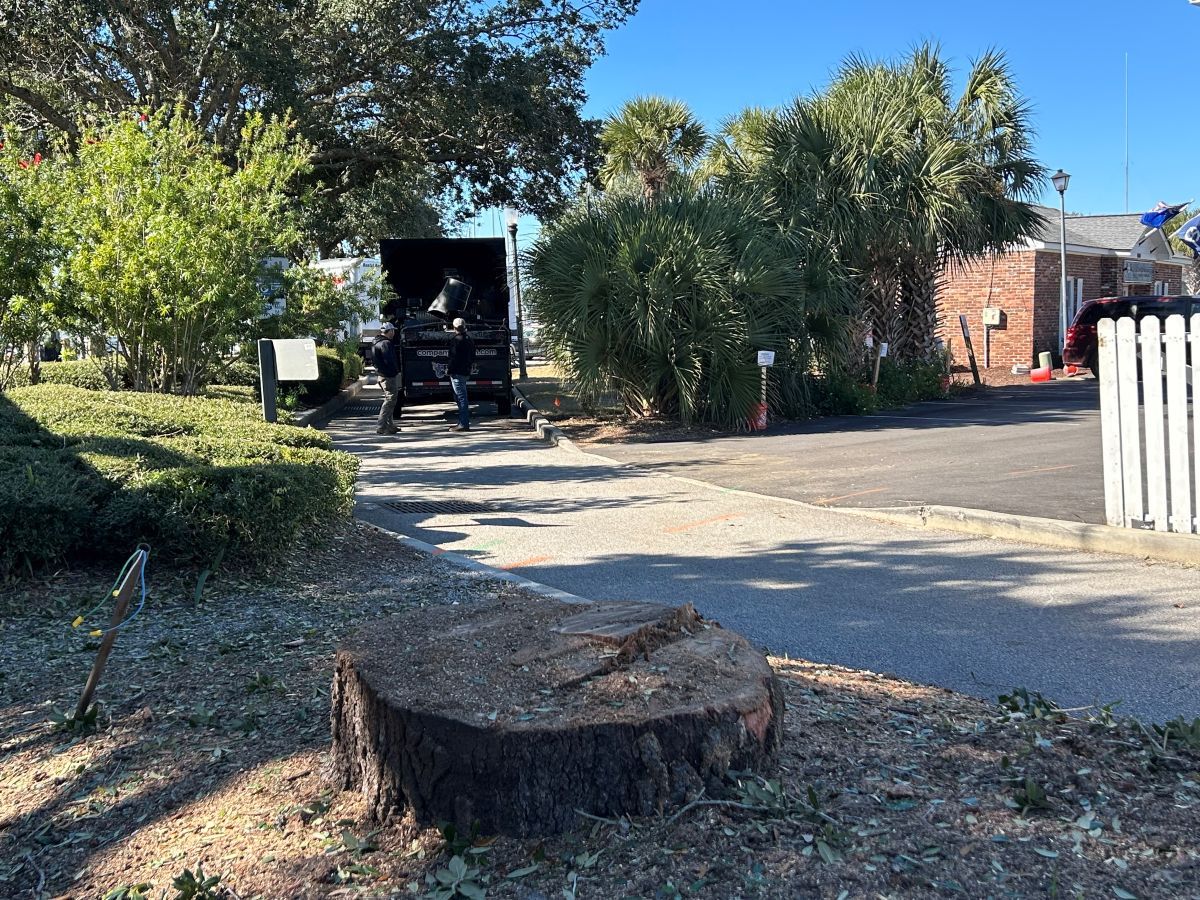It is Saturday, early, and I’m sitting in our small, gray-painted library.
This morning, I’ve got my coffee and an English muffin that features butter catching “flavor craters.” I’ve also got a newspaper that says the Town of Port Royal is getting out of the seafood business.
The Town Council’s 5-0 decision to suspend shrimp processing marks the end of a long connection with shrimp, crabs and the oysters that still inhabit local waters. It is a history that began with L.P Maggioni in 1870; and then Charlie Vecchio in 1924; and Sterling Harris in the 1930s.
Council’s decision will not impact many local people.
Almost everyone in Port Royal make their living at a hospital, or a Dollar Store, or at some other carpeted, air-conditioned space not connected to the Atlantic Ocean. When they wake, they pay no attention to the sky, the water temperature or the price of diesel fuel. Their focus is getting their Subaru to Savannah, or to Bluffton where their office and their future are now located.
My wife and I moved to Port Royal in 1980 when the population demographic was shrimpers, crabbers and retired gunnery sergeants. There were a few people who commuted to Savannah, bur most found work on wobbly, loose-planked docks that were crowded with shrimp boats and smaller bateaux stacked high with crab pots.
But I don’t romanticize this work.
There was a photographer — Lewis Hine — who came through town in 1911. Born in New York state, graduated from NYU, Hine traveled through the South and the Northeast with a camera. He went into factories, canneries and textile mills posing as a Bible salesman.
Once inside a mill he would find the children, often a young as 6 years old, and line them up in front of huge weaving machine. He would take their picture, get their names and ages, and would later publish those photographs in magazines, pamphlets or show them on lecture tours.
When Hine got to the Maggioni Canning Company he found Josie (6 years old), Bertha (6 years old) and 10-year-old Sophie. He took other photographs of other young shuckers that day, but the photo of Josie, Bertha and Sophie was the most compelling and the one that is enlarged to poster size at most of Hine’s retrospective exhibits.
The Maggioni Canning Company was located in the same general vicinity as the Fish Camp Restaurant — about 200 yards from where I’m now writing this piece — and came with a large building that housed many of the shuckers.
The birth, life and demise of the shrimping industry has been beautifully memorialized by Woody Collins in “Where Have All The Shrimp Boats Gone.” Woody says shrimping began when Charlie Vecchio brought nine boats to Port Royal in 1924. His book includes a photo showing 150 women, standing at long white-painted, trough-like tables, heading shrimp in a large wooden shed that was located where the concrete terminal sits today.
In the 1930s the Blue Channel Corporation came to Beaufort in the person of Sterling Harris. Harris relocated from Maryland’s Chesapeake Bay to the crab-rich waters of Beaufort County, and with Walter Zachowski’s patent for preserving and pasteurizing crab meat, established a plant in Port Royal.
The Port Royal crab picking factory employed hundreds to workers, mostly African American women, who removed 8 to 14 percent of the crab that can be eaten. This metal building — recently torn down — was also located on Battery Creek just north of the Fish Camp Restaurant. Blue Channel brought jobs and money into Port Royal’s economy when both were desperately needed.
Port Royal had more than a century of oyster-shucking, crab-picking and shrimp-heading before those jobs went elsewhere. According to Collins there are a few — perhaps 12 — shrimp boats left in Beaufort County. Some of which have huge freezers that can keep the catch onboard until the market is favorable. And there are folks who still pull crab pots in our gray-green waters; but now the entire crab is sent up I-95 to the Fulton Fish Market in New York City. The oyster-shuckers are also gone; most of these hard, water-related jobs now belong to people living in Japan or Korea.
Port Royal’s relationship with the Atlantic is being re-imagined as I write these words, but thanks to Lewis Hine, Walker Evans and Woody Collins there are photographs of this place when its people looked to the sea for sustenance.
Scott Graber is a lawyer, novelist, veteran columnist and longtime resident of Port Royal. He can be reached at cscottgraber@gmail.com.








